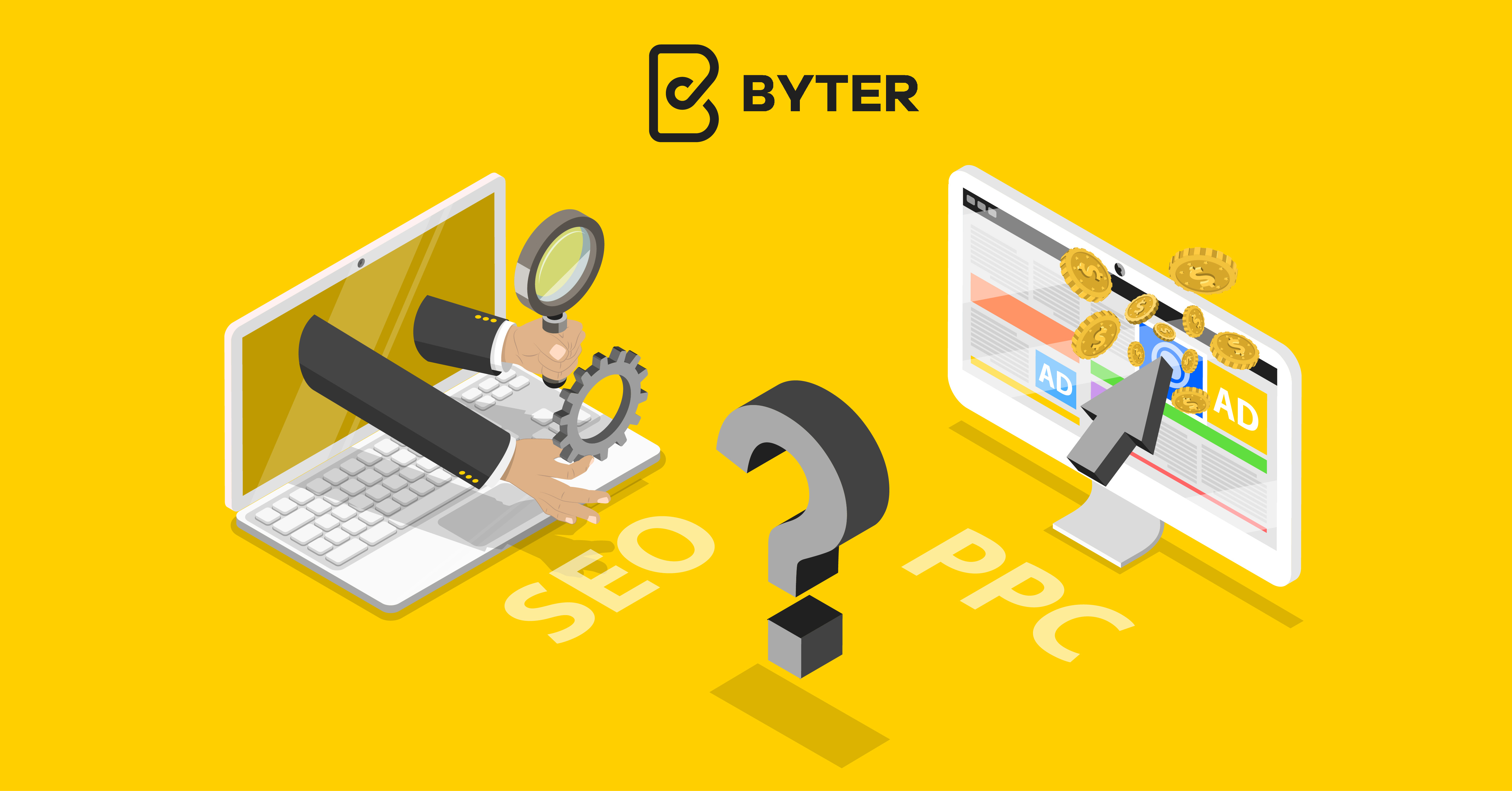Stop. Leave the expensive equipment on the shelves and those workshop sign-up emails unanswered. If your goal is to become a good videographer, it’s about paying attention to a few often-overlooked key details, then getting down to honing your craft.
As twentieth century American author and motivation speaker Jim Rohn put it, “success is neither magical nor mysterious, (but instead) the natural consequence of consistently applying the fundamentals.” Whether you’re shooting a higher-end production, or something as seemingly basic as a daily vlog, it’s the video filming basics that will help most to keep you on track.
Let’s take a look at 13 timeless tips and techniques to help you in your videography journey.
Smartphone Starting Point
Chances are you own a smartphone. Though often overlooked, they can be a great place to start practicing videography. You can ensure your phone’s kept level by turning on your screen’s overlay grid. Just remember to shoot in landscape and use the back camera for increased quality. If your budget allows, why not buy a reasonably priced gimbal stabilizer, an external microphone and a video tripod, then have a play around. If it’s not enjoyable at this stage, you know what to do.
Shoot Planning
Storyboards are a luxury afforded to you when shooting the likes of short films and commercials. To give yours a professional feel, be sure to add scene sequencing illustrations, which will act as a guide during both the shooting and editing processes. For the shoot specifically, remember to take into account the time of day and natural lighting, along with the specific cameras that are going to be used.
When covering events such as weddings, you’re going to need to know the timeline better than you know your own name. Prepare a shot list (first kiss, cake cutting, etc) and stick to one specifically chosen style.
Good Lighting
As touched upon above, one of the fastest ways to ruin the chances of your videos looking professional is to use the lighting incorrectly. Again, things are somewhat budget depending. If it’s simply a case of lamps and the sun, think of ways they can improve a scene. Always pay attention to the lighting throughout the process all the way back to the original conceptualization. It can literally make or break a scene’s effectiveness.
Simple Backgrounds
Though there are exceptions to the rule which naturally come at a more advanced stage in your development, one of the last things you want is your scene to look cluttered. You need the audience’s eyes focused on your subject(s). Simple, solid-coloured backgrounds such as a wall or bedsheet should do the trick. Just make sure your subject isn’t too far away from it creating an unwanted shadow.
Composition Improvements
The thing that will give you away as a novice quicker than anything is the lack of proper framing and composition. Arrange and allow visual elements to tell your story, whilst changing your camera’s framing to keep everything aesthetically pleasing. It’s sadly not a case of just aiming your camera at your subjects.
The Rule of Thirds
In photography, this is a type of composition in which an image is divided evenly into thirds, both horizontally and vertically, and the subject of the image is placed at the intersection of those dividing lines, or along one of the lines itself. With the subject’s head not in the centre, but instead a little higher, they’re provided with a visual breathing or walking space when facing the sides. When taking over-the-shoulder-shots, it’s a good idea to remain on the same side of two people talking, while having a foreground and a background helps to create depth within a scene.
Proper Camera Placement
When beginners want a close-up shot of their subject, they tend to place their camera right up close, potentially creating unattractive facial distortions and making it difficult to crop out the scene’s edges. Instead, be sure to place your camera a couple of feet away and optically (not digitally) zoom in with your camera lens in carefully, eliminating the likelihood of a pixelated-looking video.
Manual Focus over Autofocus
Make sure to either use the exposure/focus lock on your smartphone or switch your standalone camera to manual focus, then put your own eyes to use. Of course, the autofocus feature has its time and place, but it has the potential to ruin a recording going in and out of focus during the likes of dimly lit scenes.
Opting for a manual focus also brings with it the opportunity to direct your viewer’s attention in more novel ways. By using a rack focus technique, objects can be focused on successively, with a shallow depth field helping to blur everything else out.
White Balance Settings
One way to ensure you’re going to be spending far more time in the editing room than you want is to forget to set the same white balance on all your cameras. Don’t rely on the default settings, as there’s no guarantee they all will have the same default colour temperatures. That way, you’ll be keeping things consistent and professional, while keeping post-production costs at a minimum. Remember, there’s no “perfect” white balance. Let your own intuition take the lead. Just try to keep things consistent.
Expose Scenes Evenly
On a similar note, using more than one camera can result in clips with different exposure settings. The same scene can appear darker in one camera and brighter on the other if you don’t set the same exposure settings, such as your aperture, frame rate and ISO levels. This is why dedicated cine lenses have t-stops, which stand for exact aperture values, instead of the more theoretical f-stop value on regular photography lenses.
For beginners, it may be easier to shoot in controlled settings where you can have the same lighting no matter the time of day and use the same camera with the exposure locked. It may take longer to record, but at least it will save you the headache of correcting your exposure during post-production.
There’s no shame in beginners using just one single camera in a controlled environment with the exposure locked. If you’re forced to shoot outdoors, with sunsets and clouds at play, remember that speed is key. Either way, always keep in mind the need to minimise time spent in post-production where possible.
Add Cinematic Techniques
By applying some cinematography techniques, you’ll really start to take your videography skills to the next level. Remember though, it’s never about using them for the sake of it. Be creative of course but chose them wisely and ensure that they serve your story, keeping in mind the old adage that less is often more.
Keep Things Steady
Steady surfaces and tripods are required to ensure you don’t run the risk of allowing your audience to view your work as nothing more than a home video which makes them want to vomit. Be it panning, a crane shot, or dollying from side to side, keep things steady, only moving your camera when you need to.
Shot Timing
To hold you viewers’ attention successfully, keep in mind the sweet spot is between five to ten seconds per shot. Furthermore, avoiding the temptation to pan or zoom for the first ten seconds should help keep camera movements and recording time to a minimum.
Think Like an Editor
To avoid the stress and frustration of having only one subpar shot of a scene, you’ll want to ensure you have a few “safety shots” keeping your angle and editing options open and the chances of reshoots to a minimum.
As was the case with the start of this article, when it comes to video editing software, it’s advisable to stay within your means. It’s certainly worth getting to grips with a simpler program before you delve into more complicated and, no doubt, more expensive options.
Unfortunately, there are no shortcuts if you choose to undertake a career in videography and want to become a great cinematographer. However, by following these tips and techniques, you should be on your way.
As always from the Byter Team, good luck!
0203 978 8820
Info@byter.com
www.byter.com




